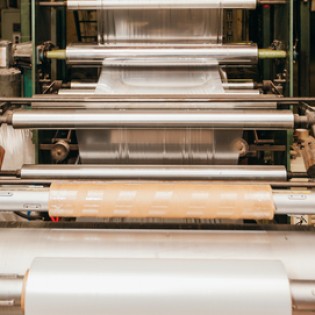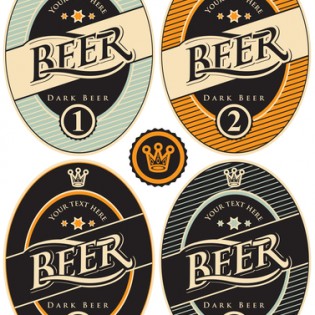The aim of every designer is to convey their message simply and accurately. While designing a wine label, the brand should come out as unique and specific to the content being marketed. A concise and clear label makes it easier for the potential consumer to purchase the product and appreciate it more. Specifics such as flavor, color or distinguished ingredients should be clearly seen on the wine label, making it easier for a consumer to pick it up off the shelf without the hustle of remembering each batch number’s character.
First Impressions
As the first impression that one gets while buying a wine bottle, the label gives the best idea of the content of the bottle. Information such as the country the wine is from, the percentage of the alcohol, manufacturing date and expiry date are important to the buyer. A wine label will also inform the consumer of the potential harm it would cause to a pregnant woman or persons under medication.
Functional Wine Labels
Bold and simple designs are key to getting the information across. Labels that are vague due to small fonts and over detailed information tend to lose the reader’s focus and attention. In the same breath, the wine label will contain crucial law information providing caution to consumers. Certain ingredients contained in the wine might be illegal in certain countries or even certain alcohol percentages. It is important to convey such information on the label in a clear and simple manner such that any buyer has full information prior to purchase.
Due to counterfeit products in the market, labels on wine bottles contain the name of the wine and the manufacturer authorized and vetted by the government to distribute the wine. Although not all information on the labels are compulsory, a number of them are required by law. They include the address and name of the manufacturer, the alcohol content and a warning to consumers of the wine.
Manufacturer Vs. Consumer
Usage of a wine label is a win-win situation for both the consumer and the manufacturer. On one hand the consumer has sufficient information of the product he/she is purchasing and on the other hand the manufacturer has absolved themselves from neglect of providing concise information to the client about the product.
Simplicity Works
In a nutshell, a wine label serves to protect the integrity of the wine brand while conveying new information to consumers. In some instances, the labels can be used in creating customer incentives through promotional draws. This boosts customer loyalty and a sense of ownership of the wine.
It is a good practice to make a wine label simple and plain to get the intended point across to the intended persons. Underage persons should be able to see clearly the product is not intended for them. This applies also for pregnant women or persons under medication. Simplicity in design of such labels is vital. Complicated designs and over worded information defeats the logic behind the message being conveyed. Simple and plain for a wine label works perfect.







